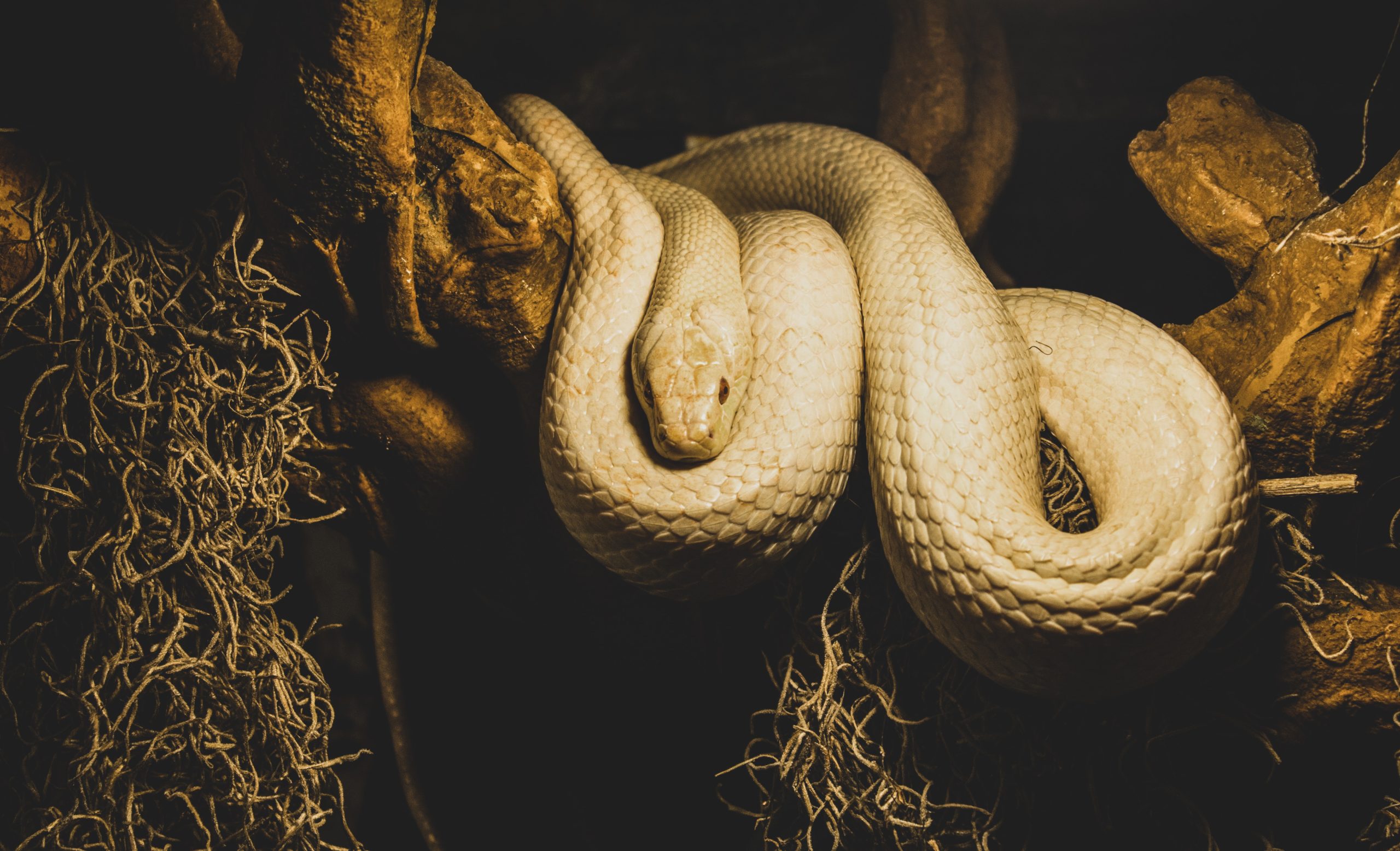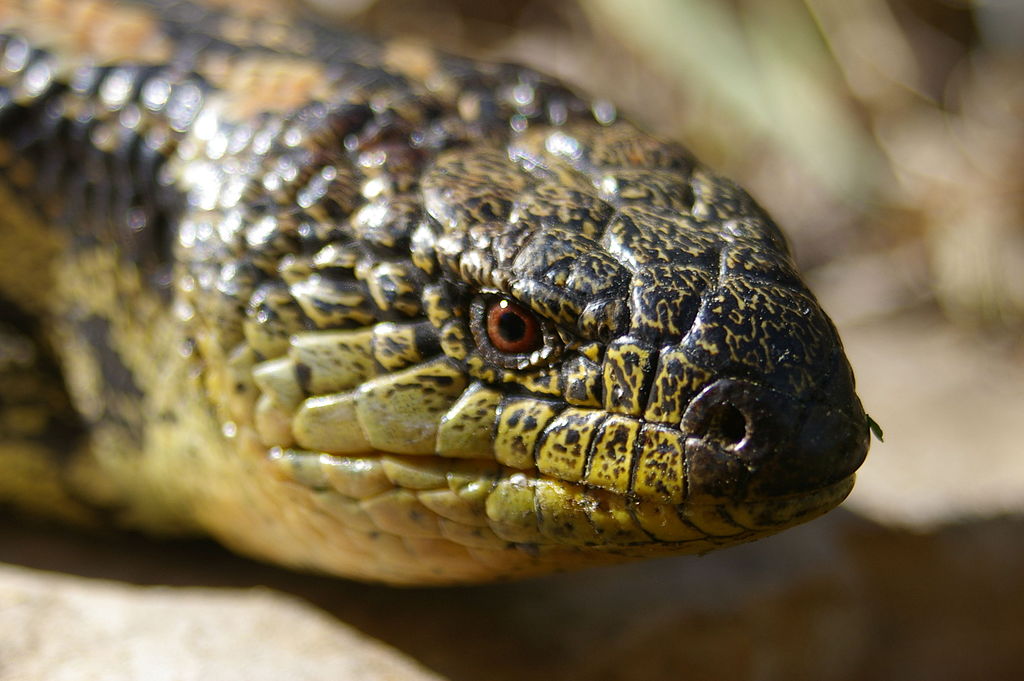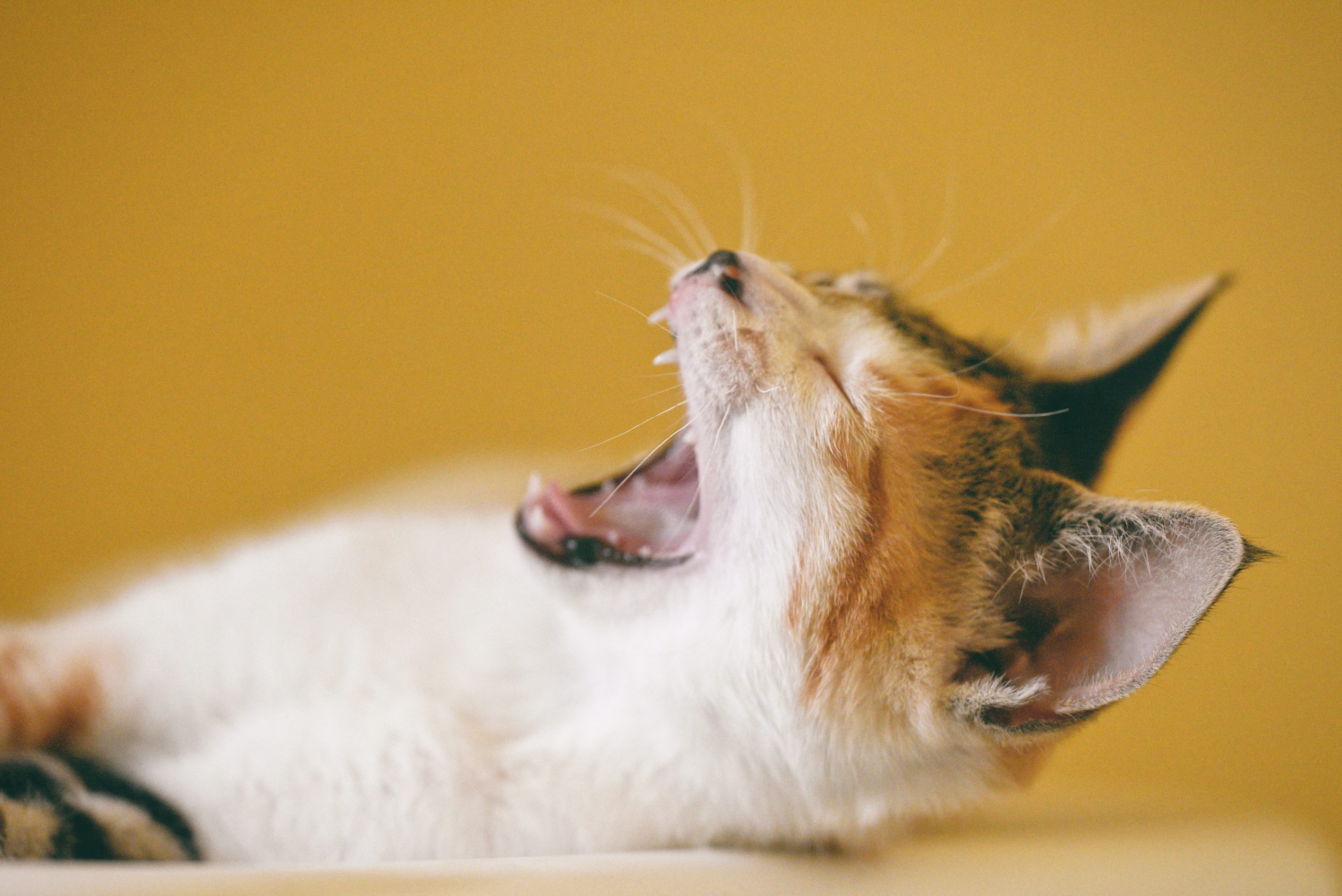The most common turtle kept in Australia is the Eastern Long-necked Turtle. These turtles are often sold as “penny turtles”, when they are very young and quite small (about 4 cm across). It is important that you realise that these turtles may live for up to 40 years, and grow to the size of a dinner plate.
Housing
If you have a small turtle it may need to be kept indoors. An aquarium approximately 1 metre long is suitable. Cover the floor with large gravel, sloped upwards at one end so that a dry basking area is available. Large flat rocks at this end can also help. It is important that your turtle be able to get out of the water when it wants. Add water to a depth that is greater than the turtle is wide – it must be able to roll over completely without getting caught on the bottom.
A water filter and a heater is recommended.
Water quality
Water quality must be strictly maintained. The pH needs to be kept between 7.4-8.0, and so a buffer may be needed. The water temperature should be maintained at 18°-21°C. Change 25% of the water every week. If you have hard or acidic water, you may need to add 1 teaspoon of marine salt mix per 10 litres at each change.
Lighting
Turtles need a defined day/night cycle. This can be provided by a white incandescent light set at one end of the tank, which will also provide a temperature gradient in the tank (~25°-28°C at the hottest end). Lights should be turned on and off at times corresponding to the day length outside. UV light needs to be provided, either by special UV lights for reptiles, or allowing access to direct, unfiltered sunshine for 30 minutes each day.
Feeding
Feed your turtle 3 to 5 times weekly, with 5 to 10 bite sized pieces of food each time. Turtles will only eat when they are in the water. These turtles are carnivorous, and good commercial turtle feeds should be used. Meat alone is very deficient in vitamins and minerals, and will cause severe deformities and death. Insects, earthworms and small fish can also be fed. Remove uneaten food after 1 hour.
Sexing
Long-necked turtles are difficult to sex. The underneath of the male may be slightly concave to allow for better stability when mating.
General care
With little doubt, nearly all disease problems of captive reptiles can be traced back to faults in management. Nutritional deficiencies, skin conditions, parasitism, reproductive disorders – all of these can have their origins in management mistakes. Learning how to look after your reptiles before purchasing them is the single greatest contribution you can make towards maintaining their health.
For more detailed information on keeping turtles, refer to Care of Australian Reptiles in Captivity by John Weigel, published by the Reptile Keepers Association, or contact your local herpetological society.
Each Australian State or Territory has different regulations regarding the keeping of reptiles, and all prospective herpetologists (reptile keepers) should visit their local Parks and Wildlife office to ensure they understand fully all legal requirements.




